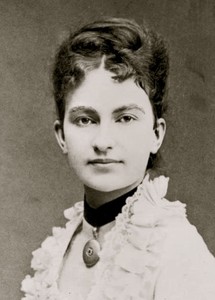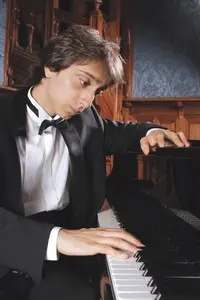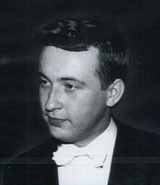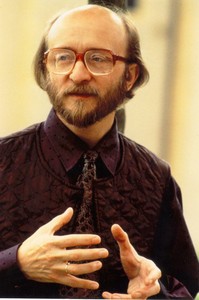
Anna Yesipova (Anna Yesipova) |
Anna Yesipova

In 1865-70 she studied at the St. Petersburg Conservatory with T. Leshetitsky (his wife in 1878-92). She made her debut in 1868 (Salzburg, Mozarteum) and continued to give concerts as a soloist until 1908 (the last performance was in St. Petersburg on March 3, 1908). In 1871-92 she lived mainly abroad, often giving concerts in Russia. She toured with triumph in many European countries (with special success in England) and in the USA.
Esipova was one of the greatest representatives of the pianistic art of the late 19th and early 20th centuries. Her playing was distinguished by breadth of ideas, exceptional virtuosity, melodiousness of sound, and soft touch. In the early period of performing activity (before 1892), associated with especially intensive concert performances, Esipova’s playing was dominated by features typical of the post-List salon virtuosic direction in pianistic art (the desire for outwardly spectacular performance). Absolute evenness in passages, perfect mastery of the techniques of “pearl playing” were especially brilliant in the technique of double notes, octaves and chords; in bravura pieces and passages, there is a tendency towards extremely fast tempos; in the sphere of expression, fractional, detailed, “wavy” phrasing.
With these features of the performing style, there was also a tendency towards a bravura interpretation of the virtuoso works of F. Liszt and F. Chopin; in the interpretation of Chopin’s nocturnes, mazurkas and waltzes, in the lyrical miniatures of F. Mendelssohn, a shade of well-known mannerism was noticeable. She included in the programs salon-elegant works by M. Moszkowski, plays by B. Godard, E. Neupert, J. Raff and others.
Already in the early period in her pianism, there was a tendency to strict balance, a certain rationality of interpretations, to the exact reproduction of the author’s text. In the process of creative evolution, Esipova’s playing increasingly manifested a desire for natural simplicity of expression, truthfulness of transmission, coming from the influence of the Russian school of pianism, in particular A. G. Rubinshtein.
In the late, “Petersburg” period (1892-1914), when Esipova devoted herself mainly to pedagogy and already less actively performed solo concerts, in her playing, along with virtuoso brilliance, the seriousness of performing ideas, restrained objectivism began to be more clearly manifested. This was partly due to the influence of the Belyaevsky circle.
Esipova’s repertoire included works by BA Mozart and L. Beethoven. In 1894-1913 she performed in ensembles, including in sonata evenings – in a duet with L. S. Auer (works by L. Beethoven, J. Brahms, etc.), in a trio with L. S. Auer and AB Verzhbilovich . Esipova was the editor of piano pieces, wrote methodical notes (the “Piano School of AH Esipova remained unfinished”).
Since 1893, Esipova was a professor at the St. Petersburg Conservatory, where, over 20 years of teaching, she created one of the largest Russian schools of pianism. Esipova’s pedagogical principles were based mainly on the artistic and methodological principles of the Leshetitsky school. She considered the development of freedom of movement, the development of finger technique (“active fingers”) to be the most important in pianism, she achieved “targeted preparedness of chords”, “sliding octaves”; developed a taste for a harmonious, balanced game, strict and elegant, impeccable in finishing details and easy in manner of execution.
Esipova’s students include O. K. Kalantarova, I. A. Vengerova, S. S. Polotskaya-Emtsova, G. I. Romanovsky, B. N. Drozdov, L. D. Kreutzer, M. A. Bikhter, A. D. Virsaladze, S. Barep, A. K. Borovsky, CO Davydova, GG Sharoev, HH Poznyakovskaya, SS Prokofiev et al.; for some time MB Yudina and AM Dubyansky worked with Esipova.
B. Yu. Delson





